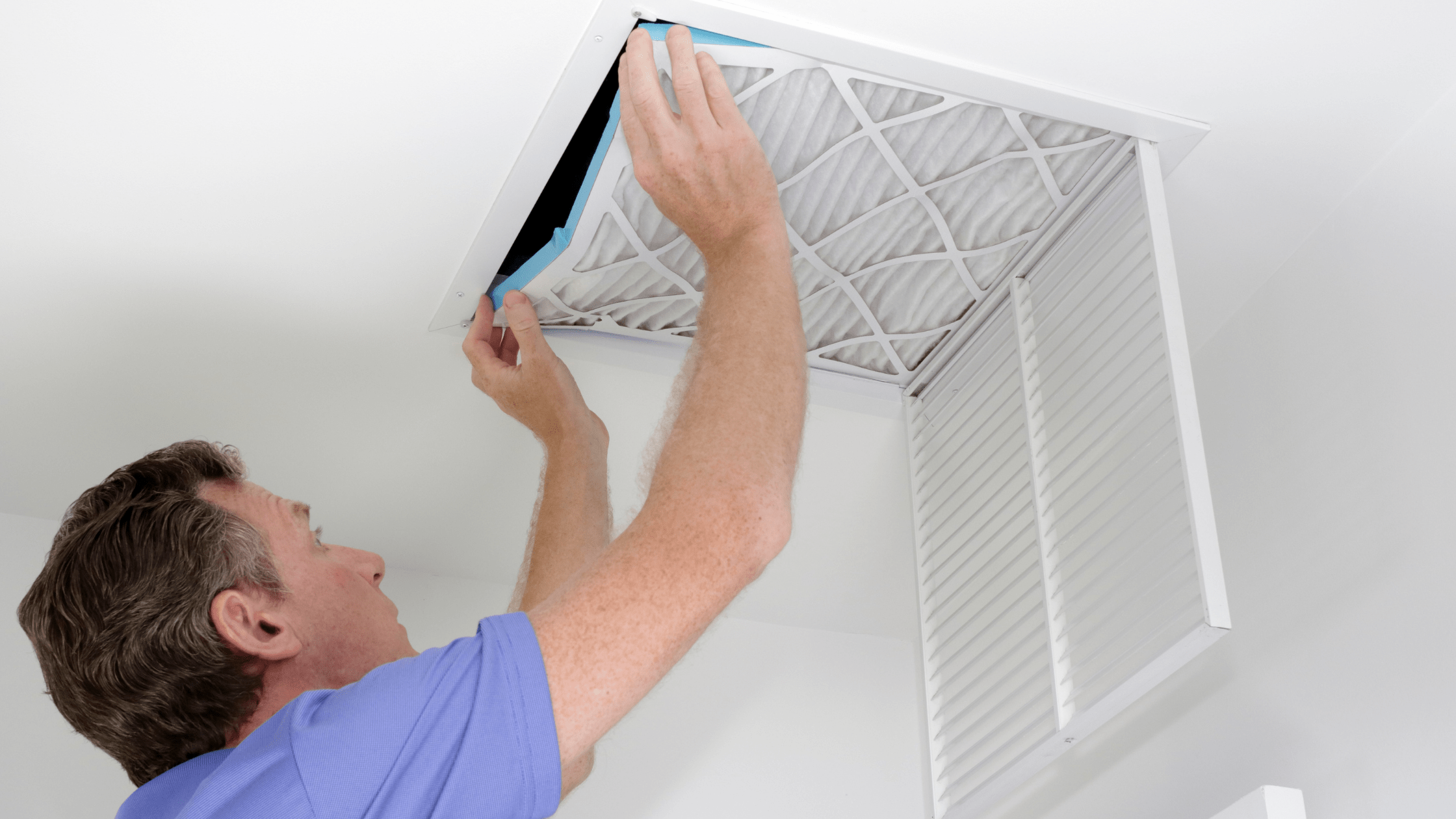SIMPLE STEPS YOU CAN TAKE TO IMPROVE THE AIR QUALITY OF YOUR HOME
Let’s face it – this time of year we spend more time indoors. As the weather cools and becomes wetter, our enthusiasm for the great outdoors is dampened.
If you’re spending more time indoors and want to have the best quality of air for you and your family, there are some easy steps you can take.
Some are relatively inexpensive, while others require a bit more of an investment.
Ready to learn more? Read on!
- Change your air filter regularly (and often).
The freer of dust, dirt, and pollen your filter is, the cleaner the air in your home will be. Every system has different recommendations, but most recommend changing filters every one to three months.
If you don’t have the manual for your filter, a quick online search will probably reveal the recommendations for your system. Or try this quick tip: filters that are 4” can typically last three months, while 1” filters need to be changed every month.
Of course, if you regularly have particles floating in your air between filter changes, you may want to accelerate your changing schedule. Not only are the particles unpleasant to look at, dirty filters can also cause damage to your entire (expensive) heating/ventilating/air conditioning (HVAC) system.
- Upgrade your air filter.
All HVAC filters have MERV ratings (MERV stands for minimum efficiency reporting value). The higher the MERV rating, the more effective your filter. In-home filters are commonly rated MERV 8, MERV 11, or MERV 13. A MERV 8 filters out very basic pollutants like dust, bacteria, and some pollens while MERV 11 filters all these as well as pet dander. And if you have a MERV 13 filter, all of these are filtered, as well as smoke and smog, and particles carrying viruses.
- Run your HVAC system 24/7
What causes dander, dust, and other irritants to settle? Stagnant air! Running your furnace fan on high gets those particles into your filter and out of your home.
- Upgrade your system to include air conditioning
Here in the Pacific Northwest, air conditioning is nowhere near as prevalent as it is in most parts of the country. If you sleep with the windows open at night to keep cool, you’re inviting airborne allergens, particles, and viruses into your home. Consider the addition of air conditioning or a heat pump.
- Clean those ducts!
Few homeowners have their ducts cleaned at all, let alone on a regular basis. It’s recommended that ducts be cleaned at least every 24 months to improve air quality and cleanliness, and to remove settled allergens. The NADCA (National Air Duct Cleaners Association certifies service providers to ensure work is done properly.
- Consider a whole home air-purifying system
These systems are add-ons to your existing HVAC, and are installed in your ductwork. As they filter air approximately 50 times better than a standard air filter, they are a supercharged solution for removing bacteria from surfaces, eliminating odors from pets and smoking, and fighting airborne viruses. For homeowners who don’t have a duct system, portable air filters are an alternative solution. But because they aren’t connected to a duct, it is necessary to have more than one purifier in your home.


